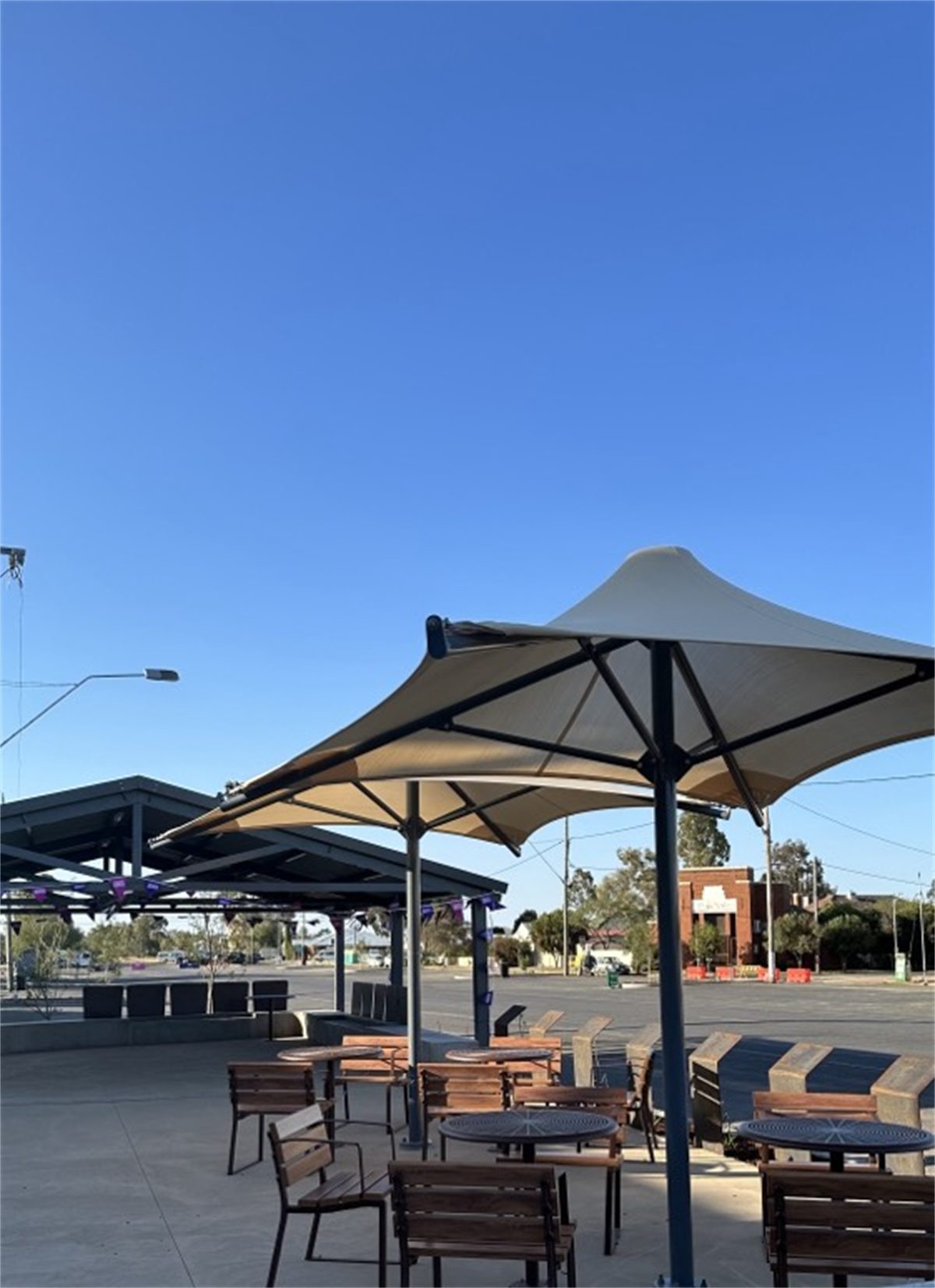Last month, Bill Shorten announced $1.5 billion from the North Australia Infrastructure Fund for gas pipelines to open up the Beetaloo Basin. Mr Shorten waxed lyrical about the potential for the NT to become a gas powerhouse for decades to come. But how much actual revenue would this new industry generate? How many long-term jobs? What about the dangers that fracking poses to our water supply? And why does a profitable multi-billion dollar industry require Government subsidy in the first place?
The Australia Institute has estimated the new gas boom could create 565 permanent jobs and bring in $5.5 billion over the next 25 years or $220 million a year at best. But a booming unconventional gas industry could also generate the equivalent of 25 megatons of CO2 making us the world’s greatest greenhouse gas polluter per capita. Offsetting these emissions could cost as much as $250 million at current prices (although some have estimated a carbon price could be ten times that price by 2030) potentially neutralising any profit we make from those royalties.
$1.5 billion is a lot of money and that much investment would kickstart any industry. If we take our commitment to de-carbonising our economy seriously, we should invest in the infrastructure that will make it a reality. What if, instead of propping up the mining industry we were to invest that $1.5 billion into solar energy infrastructure and create a renewable energy powerhouse; exporting energy to Australia and the world.
The good news is we are in the midst of the third industrial revolution sparked by incredible innovations in renewable energy technology. Even better, the NT has the most abundant solar energy resources in the world! Solar energy is now so cheap it makes economic sense whether for a single household or a shopping centre. Current large-scale projects at Manton Dam and Batchelor, along with the imminent Katherine Solar Farm will pay themselves off within only a few years. The entire NT economy only consumes 1GW annually which could be generated through a mere 14km2 of solar farms. With similar investments, Yulara and Jabiru in the heart of our iconic national parks could easily shift over to renewable micro-grids, raising their profile internationally by becoming models of eco-tourism. From Nhulunbuy to Wadeye, Alice Springs to Darwin, the equation is the same.
Renewable energy is more cost effective in the long run because decentralised power production retains profits in the community that would otherwise be spent on power bills. For example, the NT Government’s latest budget includes a $92.5 million annual subsidy to save each household $1200 on power prices. Yet the thriving local solar industry now quotes a less than five-year payback period on home installations resulting in 20+ years of free energy for the homeowner or business. Converting everyone to solar would do away with these subsidies and save $1 billion over 12 years alone. These investments could be paid for by secure green loans from participating banks and credit unions and needn’t require reliance on Government handouts. This will make us all more wealthy, future-proofing our economy from the ups and downs of the global financial system and provide cheap power to attract new energy intensive industries.
The final gift of the clean energy boom is the opportunity to export our energy overseas and interstate creating an enormous new revenue source. Recent breakthroughs by the CSIRO allow transportation of hydrogen in the form of ammonia. Using this technology, we can store our solar energy and ship it to countries like South Korea and Japan who have announced plans to become hydrogen powered economies over the next decade. Hydrogen can also be blended with gas and diesel generators, halving their emissions – an ideal upgrade for the Channel Island generator until it’s scheduled retirement begins in 2027.
But perhaps the most exciting long-term opportunity lies in connecting with our neighbours in South-East Asia. High voltage underwater cables could connect Darwin to the Indonesian power grid and on to Singapore where proposed international “energy internet” of smart-grids will service hundreds of millions of people in the coming decades. As the ‘Gateway to Asia’ the Territory is uniquely positioned to provide abundant clean energy to these emerging markets and generate billions of dollars.
In this moment of economic uncertainty, the Territory stands at a crossroads. The choice we have is to invest in 21st century technology or subsidise the fossil fuel industries of the past. Do we accept boundless pollution and the dangers of fracking or embrace the boundless possibilities of a solar energy boom? By investing in a renewable economy we can simultaneously reduce pollution, lower power bills, generate clean energy for developing nations and advanced economies to our north and create thousands of new jobs in our community.
From my perspective, it really is no choice at all.






